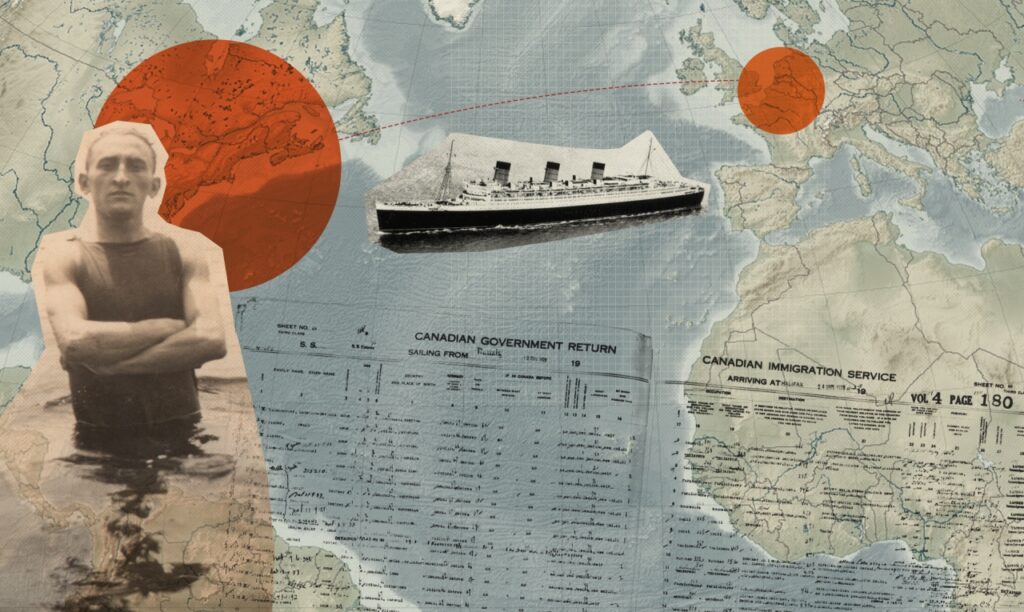The Digital Divide
Author
Warren Wilansky
Date
avril 29, 2016

Are Canadian museums embracing digital or anxious about change?
I recently attended the Canadian Museum Association’s National Conference, held in Halifax for the first time in over 30 years. I’ve always loved museums, and wrote recently about digitizing our cultural experiences and communicating beyond the museum walls. As I made my way from Montreal to Halifax, I was looking forward to hearing about how Canada’s museums are using digital technology in innovative ways.
My hopes were high. How were people shaking things up in the museum industry? What were the projects that are really pushing boundaries?
For many, it seemed that digital technology exists as an optional add-on, something to keep the kids happy.
Most importantly, I wanted to hear about digital. And I did!
I heard about open data from groups like NovaMuse. I also heard about virtual reality exhibits and about user-generated content from other Canadian cultural organizations. These topics are music
to my ears and got me chomping at the bit to start collaborating with people.
But, while new technology was on the table, so was a lot of fear and anxiety about digital.
I noticed a clear divide between those who are embracing digital and those who are bewildered by it and unsure how to integrate it into museum culture. In fact, I know I’m not alone in feeling that divide: an unofficial under-40 event was organized over Twitter during the conference.

For many, it seemed that digital technology exists as an optional add-on, something to keep the kids happy. It made me realize that while these shifts toward digital are deeply ingrained within a new generation of tech-savvy museum administrators, there’s a challenge and a need to help dispel this anxiety for those hesitant about this change.
A personal perspective
During my time in Halifax, I had a profound experience at the Canadian Museum of Immigration at Pier 21. As I walked through the space, I realized that my own grandfather had landed in Halifax when he immigrated to Canada. In passing, I mentioned to the guide he had arrived sometime in the mid to late 1920s, I wasn’t exactly sure when. I knew that he had departed from Danzig (now known as Gdańsk) and arrived in Halifax. As our tour ended, I searched in the on-site archives for my grandfather’s last name, “Reicher” and boom, there he was!

I printed out a copy of the record of his landing, a document I didn’t even know existed, and some details about the ship he took, the Estonian. I very quickly found myself getting emotional realizing that I was standing at the exact place where he entered Canada to start a new life. When our guide saw the date of March 24, 1928 on the document she realized that while Pier 21 was to only officially open on the 28th, they were already processing people a few days before. Piecing all these details together, I realized my grandfather was one of the first people to enter Canada through this historic entry point.
Going beyond the physical
Don’t get me wrong, I understand the proclivity towards the physical space in the museum world. Finding the record of my grandfather’s landing in Canada wouldn’t have had the same impact on me if I had not been standing on the very same ground he landed on.
In fact, my discovery at the Pier 21 museum got me excited about pursuing further genealogical research on my own. Digital tools can allow a valuable extension of the museum experience, a way to stay engaged beyond the physical visit.
I want to encourage all generations of museum administrators to embrace digital as an integral tool for storytelling and engagement. Bolstering your museum’s online presence and offering more digital tools doesn’t replace the physical, but it can enhance and enrich the entire relationship for you and your visitors.
